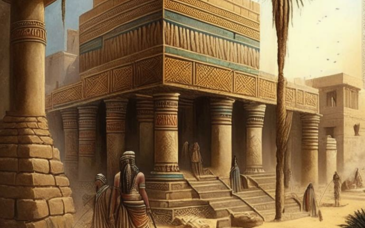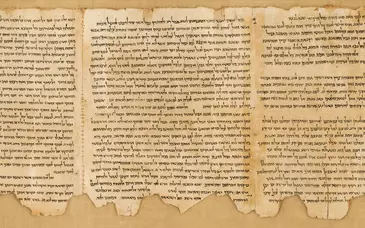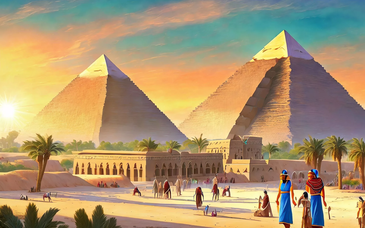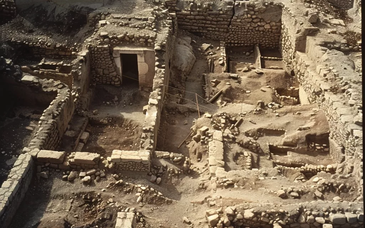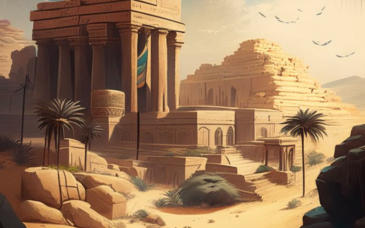Egypt, with its timeless allure and rich tapestry of history, is a land steeped in antiquities that tell tales of ancient civilizations, pharaohs, and awe-inspiring monuments. Join us on a journey as we delve into the world of Egypt antiquities, exploring the marvels that have captivated the imagination of historians, archaeologists, and enthusiasts alike.
1. The Pyramids of Giza: Architectural Marvels: At the forefront of Egypt's antiquities stand the Pyramids of Giza, an eternal testament to ancient engineering prowess. Explore the mysteries surrounding the Great Pyramid, Khafre's Pyramid, and the Pyramid of Menkaure, marveling at their precision and enduring significance.
2. Sphinx: Guardian of Secrets: Standing sentinel near the Pyramids of Giza, the Sphinx is an iconic symbol of Egypt's antiquities. Uncover the enigmatic aura surrounding this colossal statue, as experts continue to unravel its mysteries, delving into its age, purpose, and the legends that shroud its existence.
3. Valley of the Kings: Royal Tombs and Treasures: Journey to the west bank of the Nile and discover the Valley of the Kings, where pharaohs found their eternal resting places. Explore the intricately decorated tombs, such as that of Tutankhamun, and marvel at the wealth of artifacts that offer insights into the afterlife beliefs of ancient Egyptians.
4. Temples of Luxor and Karnak: Spiritual Epitomes: Immerse yourself in the grandeur of the Luxor and Karnak Temples, monuments dedicated to gods and pharaohs. These sprawling complexes, adorned with colossal statues and intricate hieroglyphs, transport visitors back in time to the heart of religious ceremonies and royal rituals.
5. Egyptian Museum: Custodian of Artifacts: The Egyptian Museum in Cairo stands as a repository of Egypt's antiquities, housing a vast collection of artifacts spanning millennia. Delve into the museum's treasures, including the golden mask of Tutankhamun, mummies, and an array of artifacts that narrate the story of Egypt's past.
6. Abu Simbel Temples: Nubian Monuments: Venture south to Abu Simbel and witness the grandeur of these rock-cut temples built by Ramses II. The colossal statues guarding the entrance and the intricate interiors celebrate the might of Egypt and its pharaohs in the face of time.
7. Amarna: Akhenaten's City of the Sun: Explore the archaeological site of Amarna, founded by Akhenaten, the pharaoh who sought a religious revolution. The remnants of this city offer a unique glimpse into a brief yet transformative period in Egypt's history.
Egypt's antiquities form a captivating narrative, where each artifact and monument whispers tales of a glorious past. Whether standing in the shadow of the Pyramids, gazing upon the Sphinx, or exploring the treasures within the Egyptian Museum, these antiquities offer a profound connection to the roots of human civilization. Join us in unraveling the mysteries and embracing the splendor of Egypt's ancient wonders.
